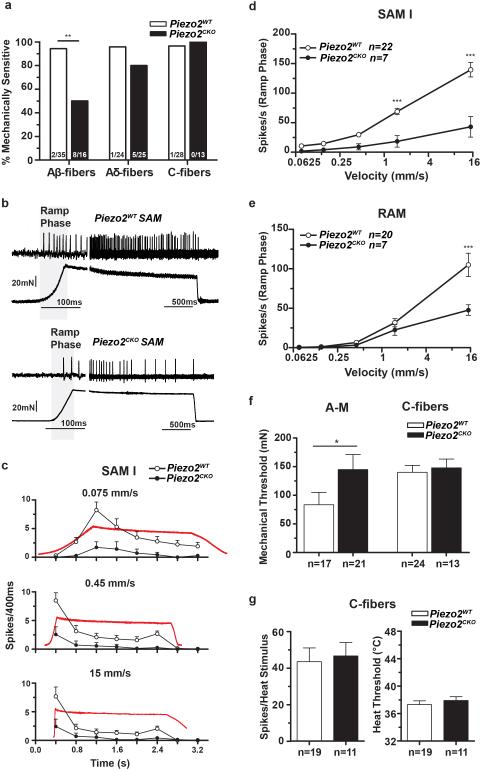Figure 3. Piezo2 is required for mechanoreceptor function in ex vivo skin nerve preparation.
a, Proportions of mechanically sensitive Aβ- and Aδ- and C-fibers in Piezo2CKO mice compared to Piezo2WT controls, Fisher's exact test ** P<0.01, one sided. b, Typical examples of SAM I mechanoreceptor responses from Piezo2CKO and Piezo2WT mice. c, Mean discharge rates (400 ms bins) during the course of ramp and hold stimuli with different onset velocities for SAM I receptors. Note the almost complete lack of dynamic ramp discharge in SAM I's recorded from Piezo2CKO mice. d, Normally, SAM I discharge rates increase with increasing ramp speed, however SAM I receptors from Piezo2CKO mice showed a strong reduction in velocity sensitivity with firing discharge increasing only marginally with increasing stimulus velocity, (repeated measures ANOVA, F=19.69, P<0.0001, with Bonferroni post-hoc test, ***P<0.001). e, Rapidly adapting afferents also displayed reduced velocity sensitivity in Piezo2CKO mutant mice (repeated measures ANOVA, F=4.36, P<0.05, with Bonferroni posthoc test, ***P<0.001). f, Mean force thresholds for nociceptor discharge. Individual nociceptors threshold were calculated by averaging the thresholds of first spikes occurring during the stimulus ramp phase for all 6 stimuli applied. (A-Ms, left; C-fibers right). Note significant elevation of mechanical thresholds for A-Ms in Piezo2CKO mice (Mann-Whitney test, * P<0.05), but no change in C-fibers mechanical thresholds. g, Discharge rates and heat thresholds to standard noxious heat ramps did not differ between polymodal C-fibers recorded from Piezo2CKO and Piezo2WT mice. Data are presented as mean ± SEM.

